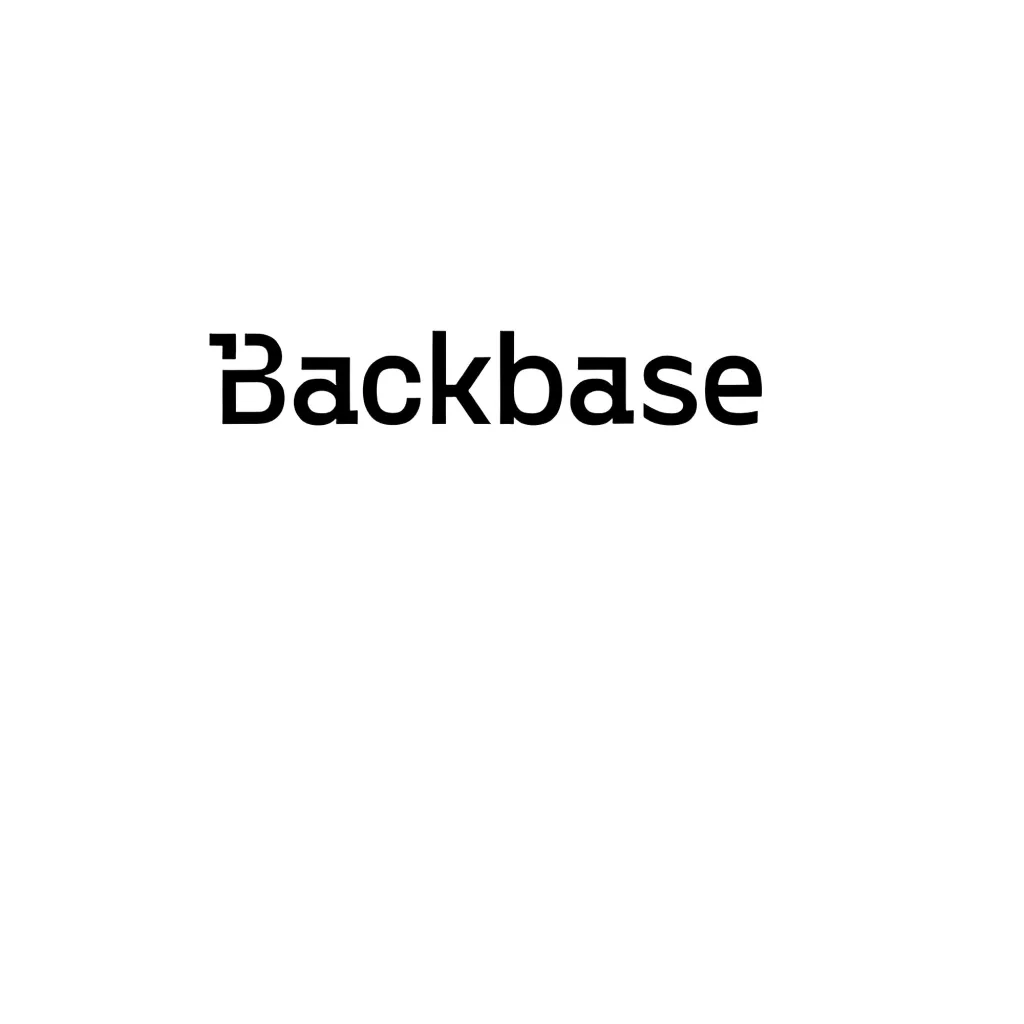 Microsoft said that hackers are exploiting a critical, but unpatched, vulnerability in Internet Explorer 8 (IE8) and Internet Explorer 9 (IE9), and that its engineers are working on an update to plug the hole.
Microsoft said that hackers are exploiting a critical, but unpatched, vulnerability in Internet Explorer 8 (IE8) and Internet Explorer 9 (IE9), and that its engineers are working on an update to plug the hole.
As it often does, the company downplayed the threat.
“There are only reports of a limited number of targeted attacks specifically directed at Internet Explorer 8 and 9, although the issue could potentially affect all supported versions,” Dustin Childs, a manager in the Trustworthy Computing group and its usual spokesman, said in a blog post Tuesday morning.
![]() “We are actively working to develop a security update to address this issue,” Childs added.
“We are actively working to develop a security update to address this issue,” Childs added.
According to Childs and the security advisory Microsoft also published, the vulnerability affects all supported versions of IE, from the 12-year-old IE6 to the not-yet-officially-released IE11, the browser that will accompany Windows 8.1 when it ships Oct. 18.
“There is no escaping this one,” said Andrew Storms, director of DevOps at cloud security vendor CloudPassage, referring to the bug affecting all versions of Microsoft’s browser. “IE zero-days are never a good thing, especially when they affect every version,” Storms added.
Although Microsoft’s advisory did not put it in these terms, the vulnerability can be exploited using classic “drive-by” attack tactics. That means hackers need only lure victims running IE to malicious sites — or legitimate websites that have previously been compromised and loaded with attack code — to hijack their browser and plant malware on their Windows PCs.
Until Microsoft produces a patch, the company offered customers several options to protect themselves, including advice on configuring EMET 4.0 and running one of its “Fixit” automated tools to “shim” the DLL that contains the IE rendering engine.
EMET (Enhanced Mitigation Experience Toolkit) is a tool designed for advanced users, primarily enterprise IT professionals, that manually enables anti-exploit technologies such as ASLR (address space layout randomization) and DEP (data execution prevention) for specific applications.
But the Fixit route will be easiest for individual users: Microsoft’s posted a link to the Fixit tool on its support site, and customers need only click the icon marked “Enable.” Microsoft has used the shim approach before when faced with unexpected attacks against IE.
Based on past practice, Microsoft’s Fixit workaround probably uses the Application Compatibility Toolkit to modify the core library of IE — a DLL (dynamic link library) named “Mshtml.dll” that contains the browser’s rendering engine — in memory each time IE runs. The shim does not quash the bug, but instead makes the browser immune to the attacks Microsoft’s seen in the wild thus far.
Users can also temporarily ditch IE for an alternate browser, such as Google’s Chrome or Mozilla’s Firefox, to stay safe until Microsoft comes up with a permanent fix.
Microsoft declined say when it plans to patch the IE vulnerability. But because the next regularly-scheduled Patch Tuesday is three weeks away, it’s possible the Redmond, Wash. company’s security team will deliver a so-called “out-of-band” update before Oct. 9.
Out-of-band updates from Microsoft are rare: The last one it shipped was MS13-008, an the emergency patch issued Jan. 14 that plugged a hole in IE6, IE7 and IE8 that had been exploited since early December 2012.






